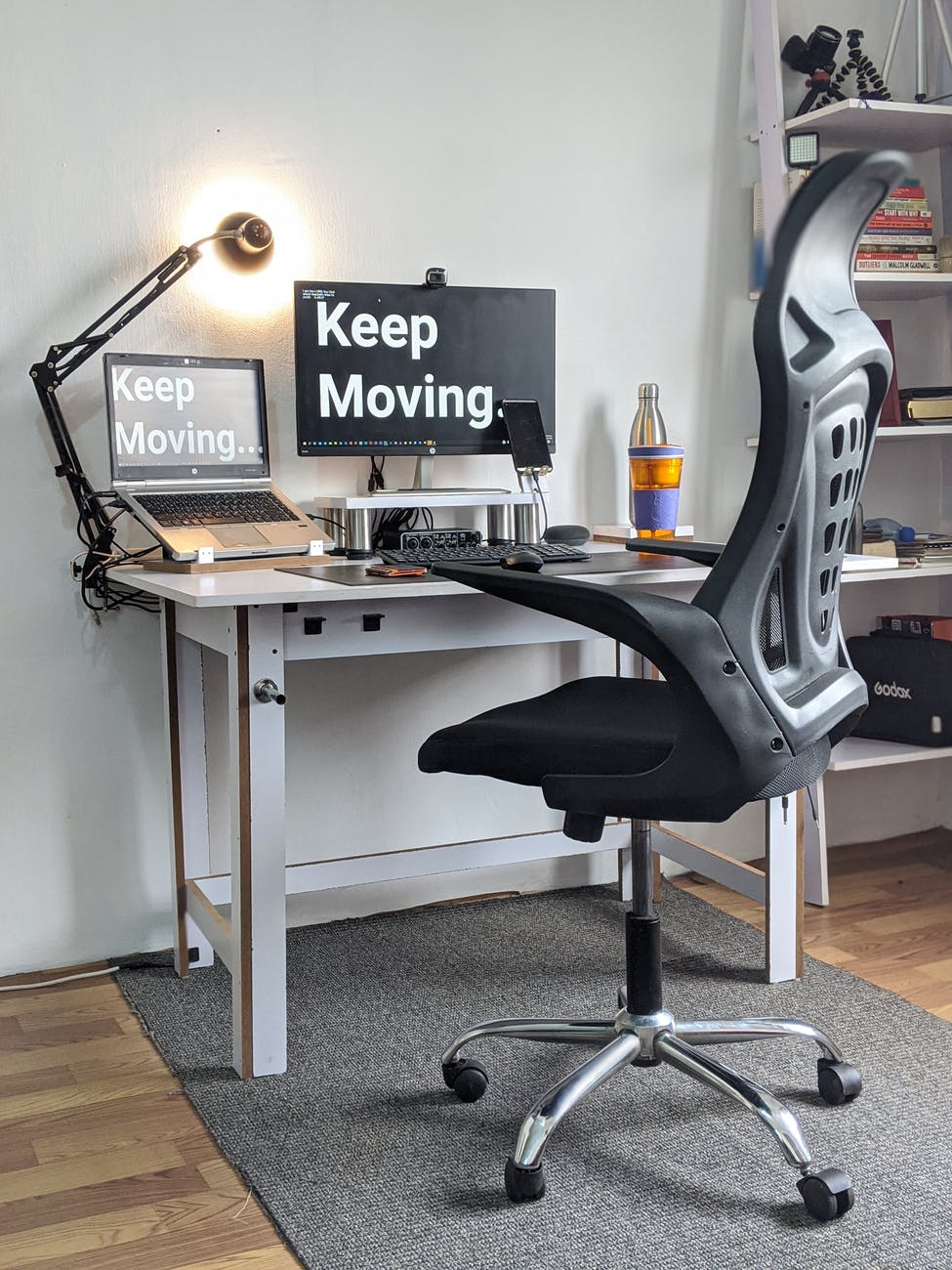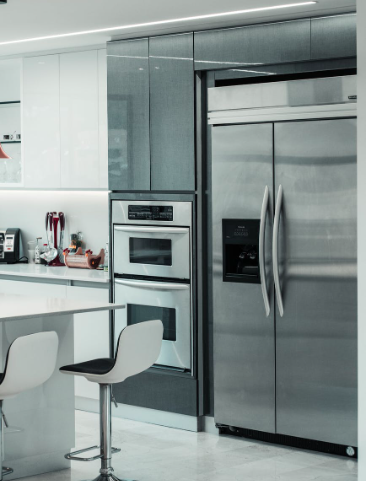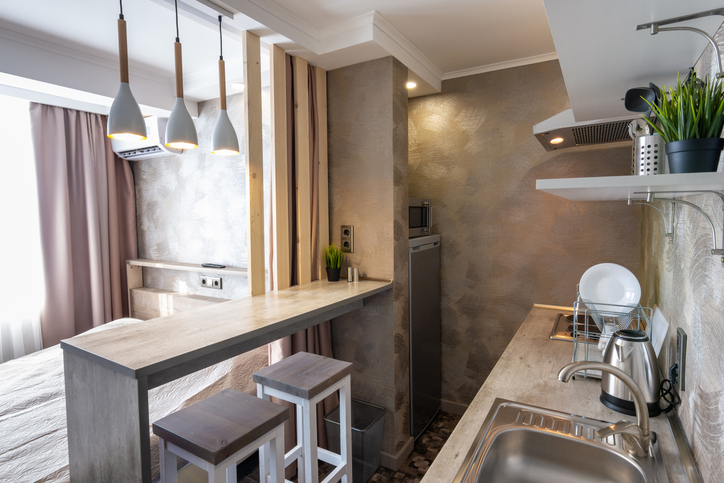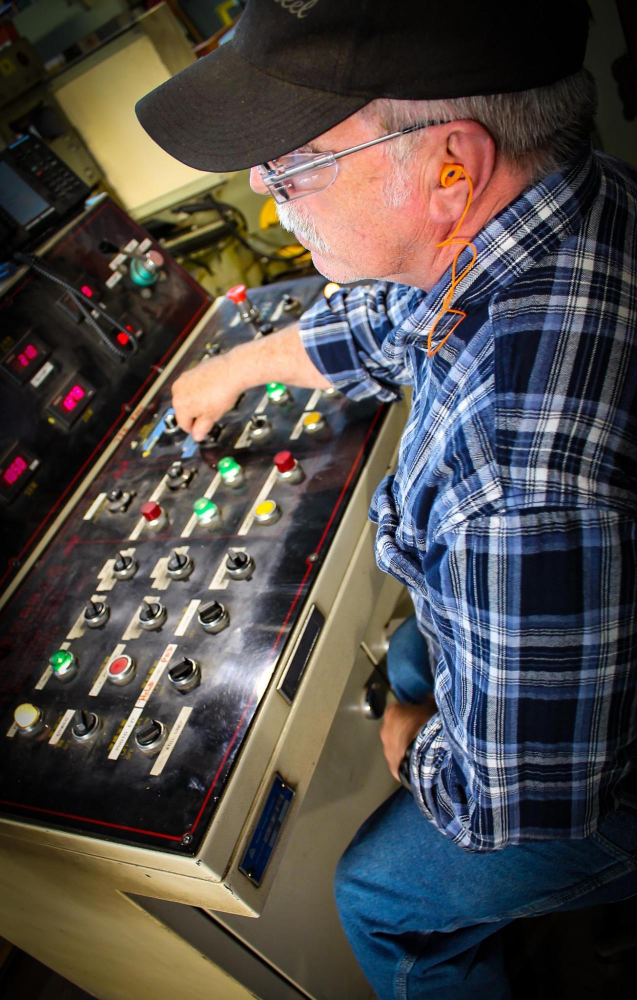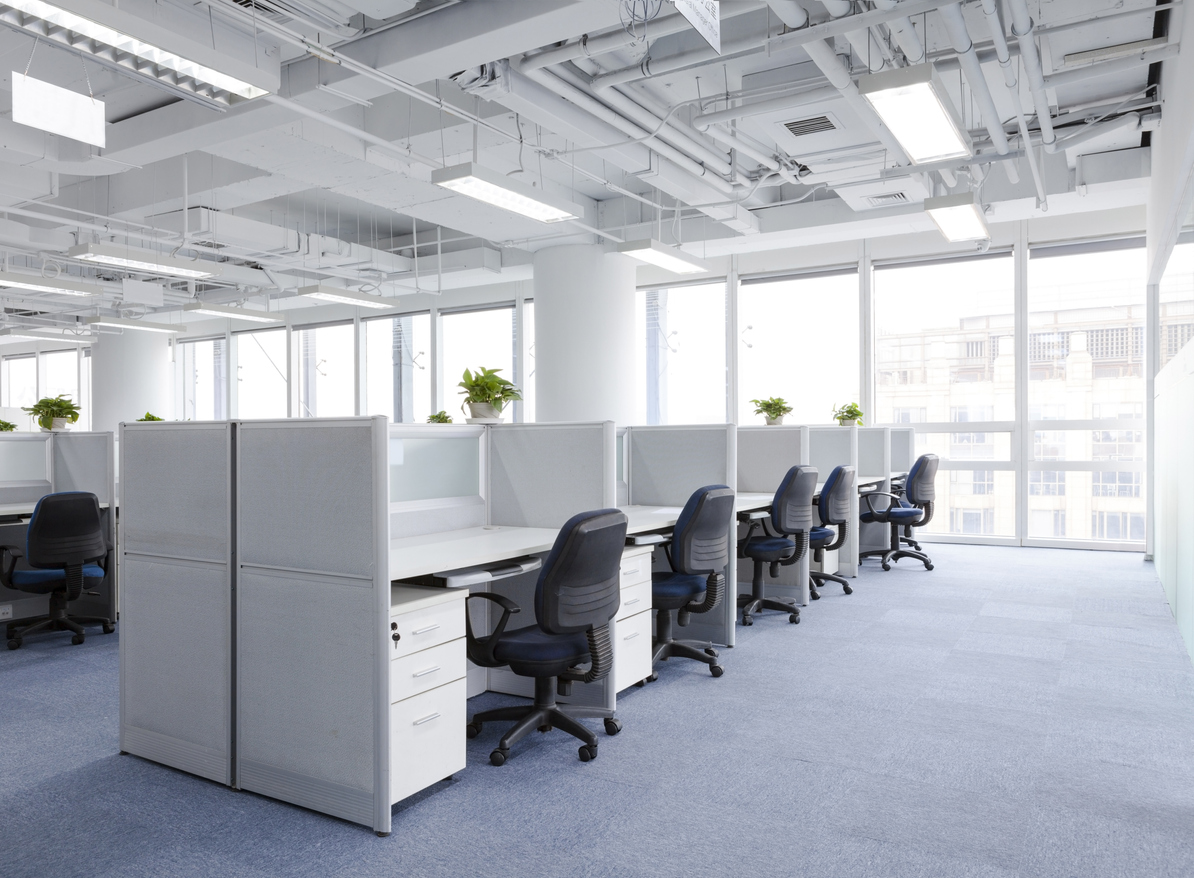A stiff neck, sore back, or aching wrists after a long day at your desk isn’t just annoying; it’s a warning sign. With more people working in front of screens than ever before, the health risks of poor workstation habits are on the rise. The key is applying OSHA ergonomic guidelines – simple adjustments that protect employees' bodies, keep them comfortable, and help them perform at their best.
Read More
Topics:
Ergonomics,
Motion Control,
Safety,
Testing & Prototyping,
office equipment,
OSHA
Inspecting several high-end refrigerators quickly reveals the widespread use of hidden hinges in premium models. As the name suggests, these hinges are invisible to the casual glance and therefore create a more seamless look in the kitchen.
Read More
Topics:
Ergonomics,
Motion Control,
Design,
Appliance,
Counterbalance Hinge,
Hinge,
Hinges,
Lid,
Testing & Prototyping,
kitchen,
Manufacturing
From country roads to major highways, you'll likely spot more boutique hotels than vast chains. Even near big cities, boutique hotels are gaining traction.
Globally, today's clientele values the "experience" aspect of their purchases. This holds for an awaited online package, a meal at a themed eatery, and beyond.
Hotels and motels are striving to offer that distinct experience.
Read More
Topics:
Counterbalances,
Applications,
Motion Control,
Gas Springs,
Appliance,
Center of Gravity,
Counterbalance Hinge,
Engineering,
Hinge,
Durability,
Aesthetics,
Safety,
Food Industry,
Testing & Prototyping,
kitchen,
hospitality,
office equipment,
Manufacturing,
Hospitality Furniture
There’s nothing like taking your idea to a full-service manufacturer and getting a complete solution, start to finish.
Read More
Topics:
Motion Control,
Design,
Counterbalance Hinge,
Engineering,
Finishing,
Durability,
Aesthetics,
Testing & Prototyping
Motion control design prototypes offer a fairly long list of benefits. Some are obvious, others not so much. The advantages of motion control prototyping include:
- Makes the product cheaper in the long term
- Cuts down on lead time
- Proof of concept
- Hands-on lesson in design and assembly
- Helps with large-scale, full-product prototyping
- Helps get product certification before investing in tooling
- Early buy-in from sales and marketing
- Enhance safety
|
Prototypes validate designs. Just as -- or possibly more -- important, they validate designs before they go into production.
Read More
Topics:
Motion Control,
Design,
Engineering,
Testing & Prototyping
You wouldn’t want to work in a building that’s not fire-safe, would you? Leaving your toaster strudel in the microwave too long becomes a big hazard.
Read More
Topics:
Ergonomics,
Design,
Durability,
Aesthetics,
Safety,
Testing & Prototyping
Today’s hinges make life much easier and more comfortable. We have progressed so far from just a plain, 'ol door hinge to advanced solutions for kinematic motion, mechanical spring counterbalance, and spring assist technologies.
Read More
Topics:
Applications,
Ergonomics,
Motion Control,
Design,
Appliance,
Counterbalance,
Engineering,
Grill,
Hinge,
Hinges,
Industrial,
Lid,
Lid Support,
Smoker,
Aesthetics,
Cost,
Testing & Prototyping,
kitchen,
Manufacturing
.png?width=12000&height=2033&name=WeberKnappLogo_white%20(1).png)
